How to Get More Natural Smiles in Child Photography
A natural smile – the holy grail of child photography.
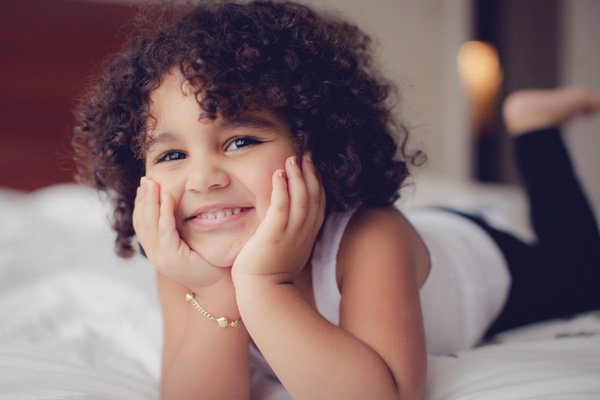
A genuine, heartfelt smile is more than just turning up the corners of the mouth. A real smile radiates from your whole face, and particularly for children, is often felt with the whole body. Not only is a forced and fake smile easy to spot in photographs – we know that wearing a fake smile and having it photographed doesn’t feel too good at the time, and it doesn’t feel great for children either.
So while we want to photograph a child’s beautiful smile, we also want them to enjoy the process of being photographed. And as the photographers, we want to have a good time photographing them too.
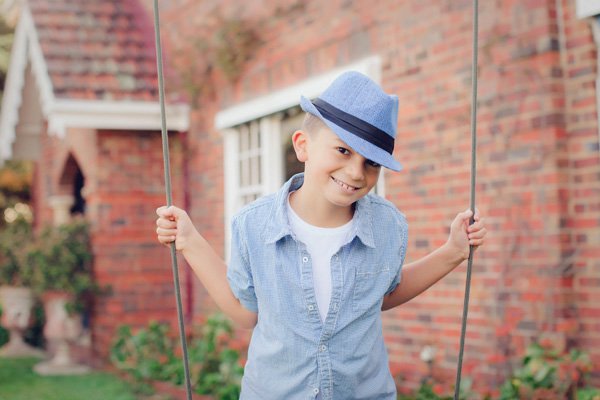
There is so much to discover with children – all their favourites, their take on issues big and small, how they feel about themselves, their family and this funny old world. Children are cheeky, fun, creative, enthusiastic and curious – they are also clever and can tell when someone is not genuinely interested. So make sure your heart and intention is in the right place.
If your small subject is feeling uncomfortable it will be impossible to garner a sincere smile. Placing emphasis on creating an honest connection with children so they feel at ease will lead to them sharing their best selves – most of the time.
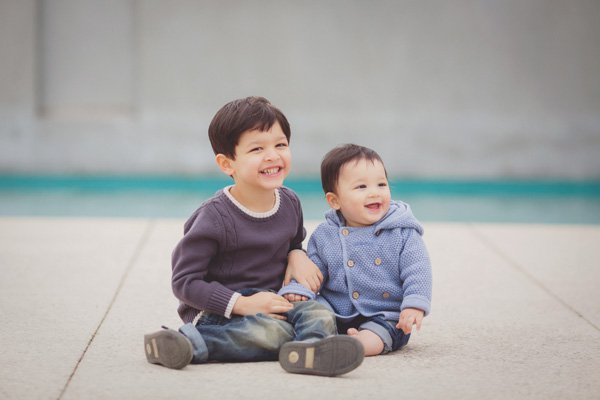
Following are four conversations that I love to have with kids that always result in joyous laughter and real smiles.
#1 Discovering their favourite toy or character
Favourite toys and security items are often important for small children. If your subject has a special toy (i.e. “Bunny”), I will use that as part of our conversation.
- Does Bunny have a mouth?
- Does Bunny have a belly button?
- I wonder where Bunny sleeps. Does she sleep in this shoe? (holding up their shoe)
- Hmm, does she sleep in the fridge?
- I know, she must sleep in bed with Mummy and Daddy?
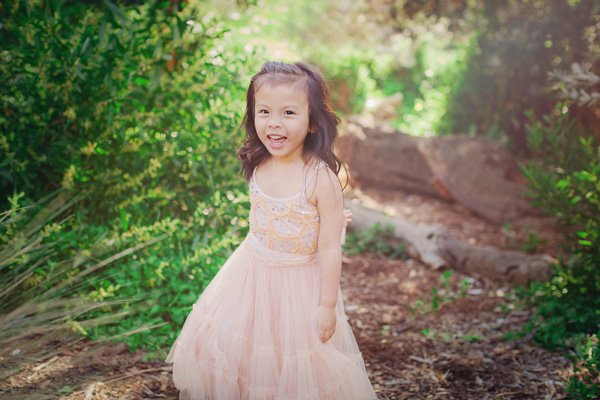
or alternatively, Buzz Lightyear may be their favourite character.
- Does Buzz Lightyear have Weetabix for breakfast?
- Does Buzz go to school?
- Does Daddy have Buzz Lightyear underpants?
Closed-ended questions are great for this age group so they don’t have to think too hard and can just nod or shake their head, and smile and giggle along.
#2 Animals
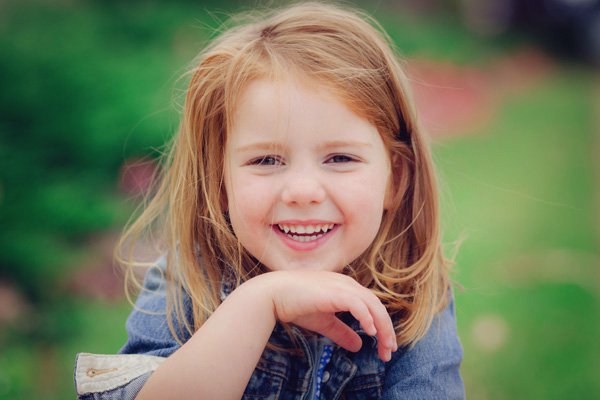
Animals are something kids can easily relate to. I like to make the questions silly and fun.
- If you could have any animal as a pet, what would it be?
- What are all the things you know about this animal?
- What would be a good name for this pet?
- If you had a pet donkey, what would you name him?
I play around with lots of animals for that last question – if you had a pet giraffe, or caterpillar, or hippopotamus. Choosing animals that are not usual pets.
#3 When you grow up
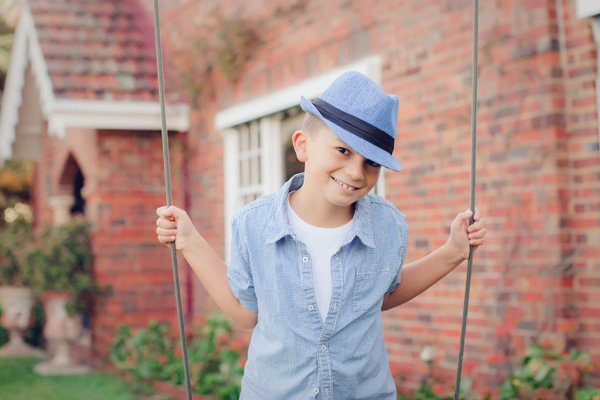
Conversations about jobs, growing up, and the work their parents do always get good reactions. Your questions can be light-hearted or more serious, depending on the child’s age and personality.
For the more carefree child, I might start with:
- When you grow up would you rather be a ballerina or a princess? (for boys)
- When you grow up would you rather be a mum or a dad? (for girls)
- When you grow up would rather be a frog or a snake?
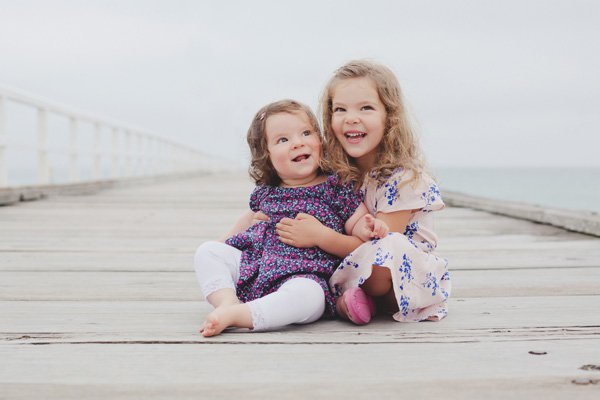
For an older, more serious child you can ask things like:
- Who has the best job in the world?
- What job would be the most boring job?
- What does Dad do when he gets to work?
- When you grow up, would you rather be a chef or a dancer? Or, a builder or a truck driver?
It can be easier for kids if you give them an either/or question rather than just saying, “What do you want to be when you grow up?” Asking kids to think of a detailed answer on the spot can be a bit difficult for them.
#4 Family rules
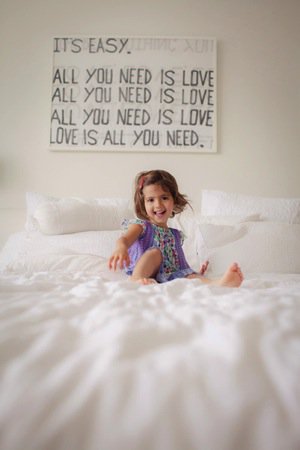 |
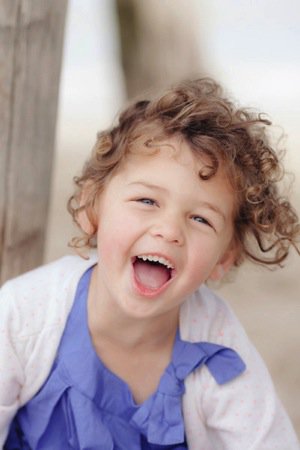 |
This is also a really fun conversation topic – particularly for the parents who are listening in.
- If you were in charge of your family, where would you eat dinner every night?
- If you had to set the bedtime, what time would you go to bed?
- If you had to choose the family breakfast, what would you have?
- Who is the boss of your family?”
When photographing children, take your time and enjoy being with them. The time spent before you even pick up your camera is invaluable to gauge their personality – are they outgoing, reserved, tired, hyperactive, shy, giggly? Make intuitive decisions as to which conversation style will work best for each child. This gets easier with experience, so spend as much time with children as you can ,and fun conversations with them will soon become effortless.
Source Article from http://feedproxy.google.com/~r/DigitalPhotographySchool/~3/vt6FG_w30S0/




 Started out doing photography at the age of 6 using an uncle's old 1940 kodak brownie box camera. At 15 years of age, I decided to buy my very own 1975 Praktica SLR camera. I now shoot with a Nikon D850. I do unpaid TFP and commercial paid work.
Started out doing photography at the age of 6 using an uncle's old 1940 kodak brownie box camera. At 15 years of age, I decided to buy my very own 1975 Praktica SLR camera. I now shoot with a Nikon D850. I do unpaid TFP and commercial paid work.